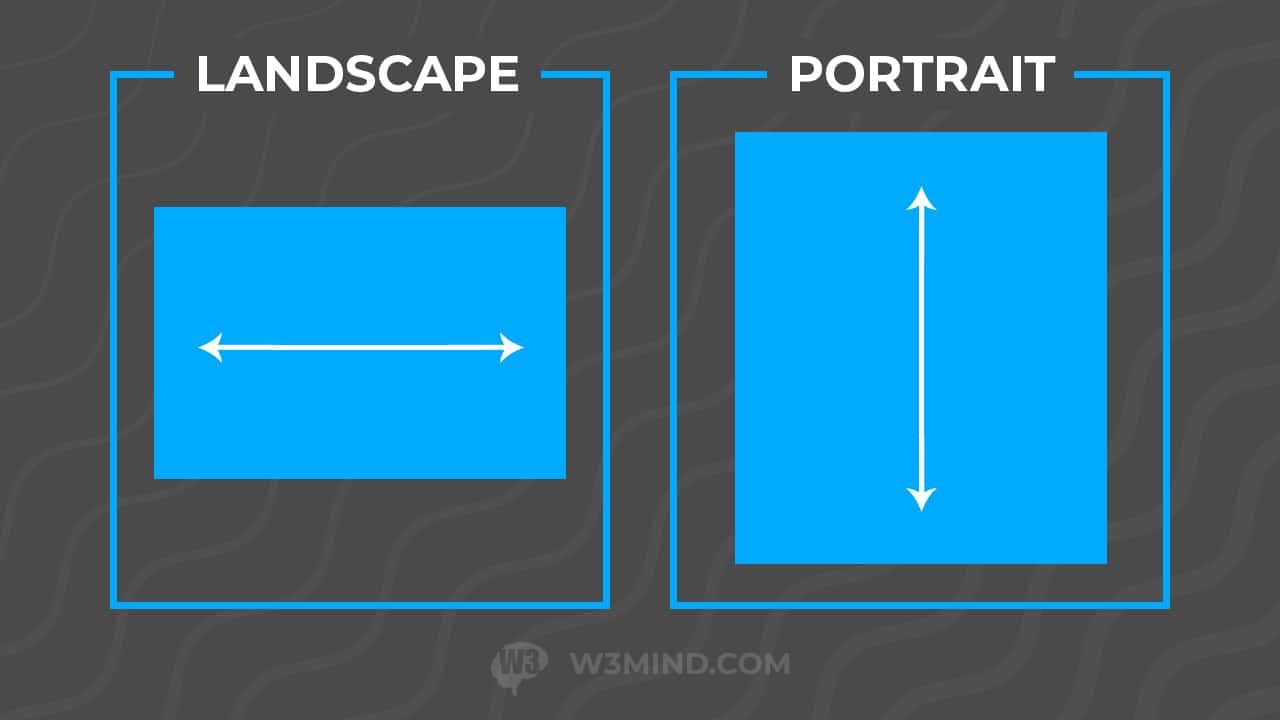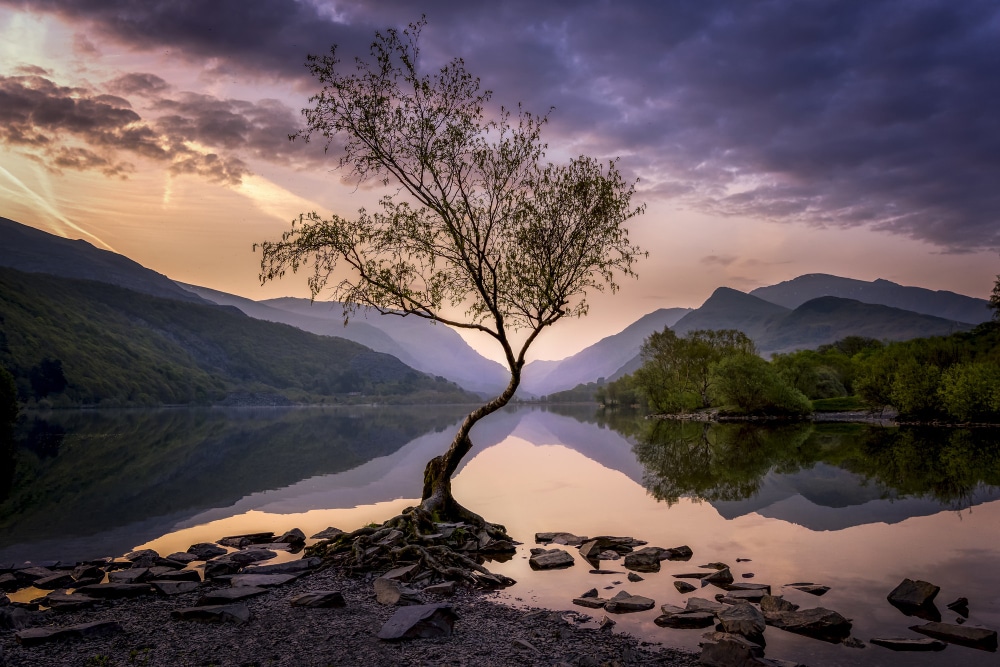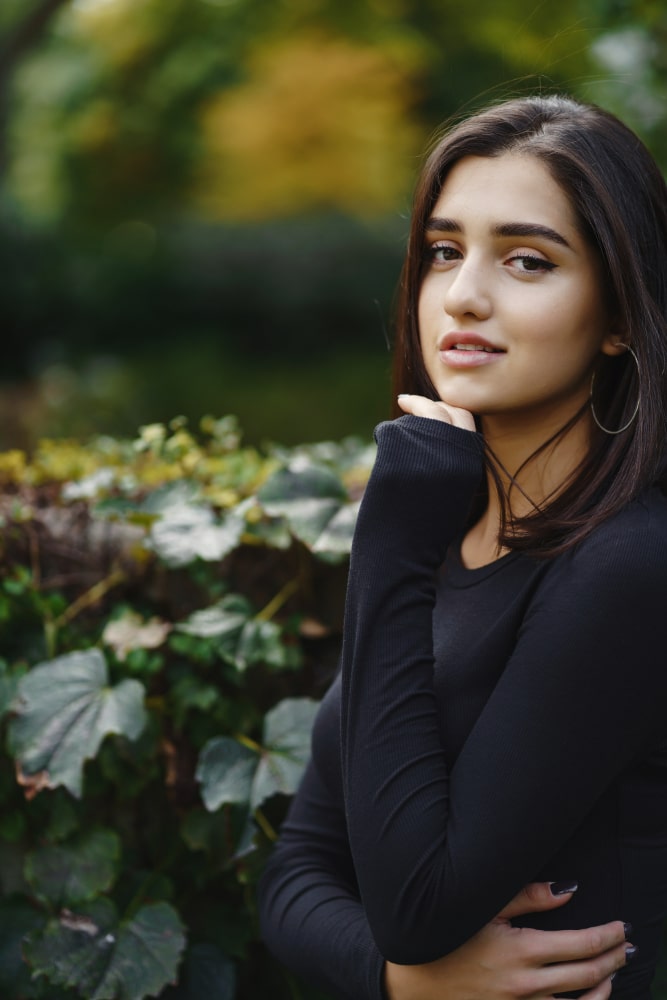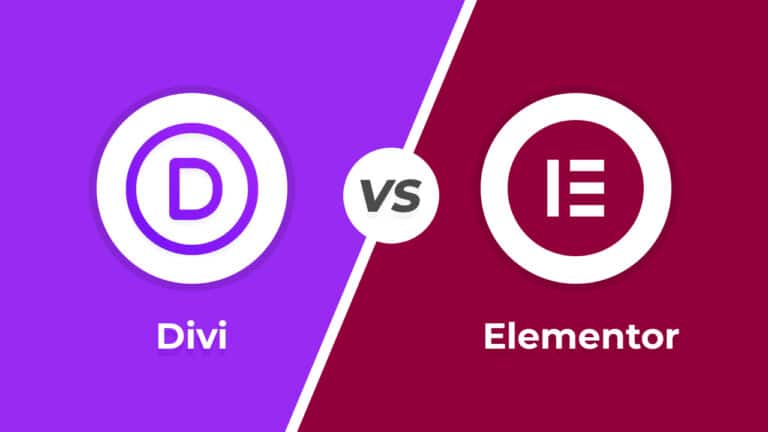Images come in various shapes and sizes, and two common orientations are landscape and portrait. These orientations play a crucial role in photography, design, and visual storytelling. In this article, we will explore what landscape and portrait images are, their characteristics, and when to use each orientation.
Table of Contents
Landscape Images
Landscape images are photographs or visuals where the width of the image is greater than its height. These images capture a wide view of a scene, emphasizing the horizontal plane. Landscape photography focuses on capturing scenes of nature, urban environments, or any wide, expansive view. Here are some key characteristics of landscape images:
- Horizontal Orientation: Landscape images are typically wider than they are tall. They are characterized by a horizontal orientation, with the width of the image dominating the frame.
- Wide Perspectives: Landscape photography often aims to capture vast landscapes, such as rolling hills, forests, seascapes, or cityscapes. These images convey a sense of space and grandeur.
- Emphasis on Environment: In landscape photography, the environment itself is the subject. Photographers use elements like leading lines, foreground interest, and natural lighting to draw viewers into the scene.
- Depth and Sharpness: Landscape images often require a deep depth of field to keep both the foreground and background in focus. This sharpness ensures that viewers can appreciate the entire scene.
- Natural Lighting: Landscape photographers frequently rely on natural light, particularly during the “golden hours” of sunrise and sunset when the light is soft and warm.
When to Use Landscape Images
- Scenic Views: Capture breathtaking natural landscapes, such as mountains, beaches, and sunsets, to showcase their vastness.
- Travel Photography: Landscape orientation is ideal for travel photos, allowing you to encapsulate the essence of a location.
- Architectural Photography: Use landscape orientation to photograph large buildings, bridges, and urban skylines.
Example of Landscape Image
Portrait Images
Portrait images are visuals where the height of the image is greater than its width. These images are typically focused on capturing people, objects, or subjects in a vertical frame. Portrait photography is all about capturing people, their expressions, and personalities. Here are some key characteristics of portrait images:
- Vertical Orientation: Portrait images are typically taller than they are wide, characterized by a vertical orientation. This orientation allows for a closer focus on the subject.
- Subject-Centric: In portrait photography, the primary subject is a person or people. The goal is to capture their expressions, emotions, and character.
- Close-up Shots: Portraits often involve close-up shots that emphasize facial features and expressions. The background is intentionally blurred, drawing attention to the subject.
- Bokeh Effect: Achieving a shallow depth of field is common in portrait photography, creating a pleasing bokeh effect. This blurs the background, making the subject stand out.
- Controlled Lighting: Portrait photographers often use controlled lighting, such as studio lighting or diffusers, to achieve the desired mood and ambiance in the image.
When to Use Each Orientation:
- Landscape Images: Use landscape orientation when you want to capture wide, sweeping vistas, nature scenes, architecture, or any subject where the environment plays a significant role. It’s ideal for showcasing the beauty and scale of the surroundings.
- Portrait Images: Choose portrait orientation when your primary focus is on people. Portrait photography is perfect for capturing individuals, their emotions, and creating a personal connection with the viewer.
Example of Portrait Image
Comparison between Landscape and Portrait Images
| Aspect | Landscape Images | Portrait Images |
|---|---|---|
| Orientation | Wider than it is tall | Taller than it is wide |
| Primary Emphasis | Horizontal perspective | Vertical perspective |
| Wide Scene | Ideal for capturing wide scenes, such as landscapes, cityscapes, and panoramic views. | Focused on capturing height, details, and expressions of subjects, making it suitable for people, objects, and close-ups. |
| Horizon Emphasis | Typically includes a horizon line, dividing the frame into foreground and sky or distant elements. | Less emphasis on the horizon; often focused on the subject occupying the vertical frame. |
| Mood and Atmosphere | Evokes a sense of vastness, stability, and tranquility; suitable for serene settings and grand landscapes. | Creates a sense of intimacy, connection, and focus on the subject’s personality, expressions, and features. |
| Best Uses | Scenic views, travel photography, architectural photography, and capturing wide natural vistas. | Portrait photography, product photography, close-up shots, and highlighting subjects in a vertical frame. |
| Creative Flexibility | Ideal for showcasing the breadth and expanse of a scene, often used in landscape and architectural photography. | Excellent for capturing the height and details of subjects, often used in portrait and product photography. |
| Presentation and Layout | Suitable for wide banners, headers, and layouts where a broader view is desired. | Effective for vertical posters, brochures, and layouts where a taller orientation is preferred. |
Choosing the Right Orientation
The choice between landscape and portrait orientation depends on your subject, intent, and the story you want to convey. Consider these factors:
- Subject: Is your primary subject a wide scene, a person, or an object?
- Storytelling: What story or mood do you want to communicate through your image?
- Intention: Are you capturing a grand landscape, an individual’s character, or a product’s features?
Landscape and portrait orientations in photography serve distinct purposes and offer unique storytelling opportunities. Understanding when to use each orientation allows photographers to convey their intended message effectively. Whether capturing the grandeur of nature in a landscape image or the depth of human emotion in a portrait, both orientations contribute to the rich tapestry of visual storytelling in the world of photography.
To know more interesting facts like this, please subscribe to our YouTube Channel and you can also follow W3Mind on Facebook.
Frequently Asked Questions
The primary difference is the orientation of the image. Landscape images are wider than they are tall, while portrait images are taller than they are wide.
Landscape images are ideal for capturing wide scenes, such as landscapes, cityscapes, and panoramic views. They emphasize the horizontal plane and are great for showcasing breadth.
Portrait images are commonly used for capturing people, objects, or subjects in a vertical frame. They are perfect for highlighting the height, details, and expressions of subjects.
In some cases, you can crop and rotate an image to change its orientation. However, this may result in loss of image quality, so it’s best to plan your orientation during the initial capture.
The choice of orientation in design should align with your message and layout. Landscape images may work well for wide banners and headers, while portrait images can enhance the appearance of vertical posters and brochures.













